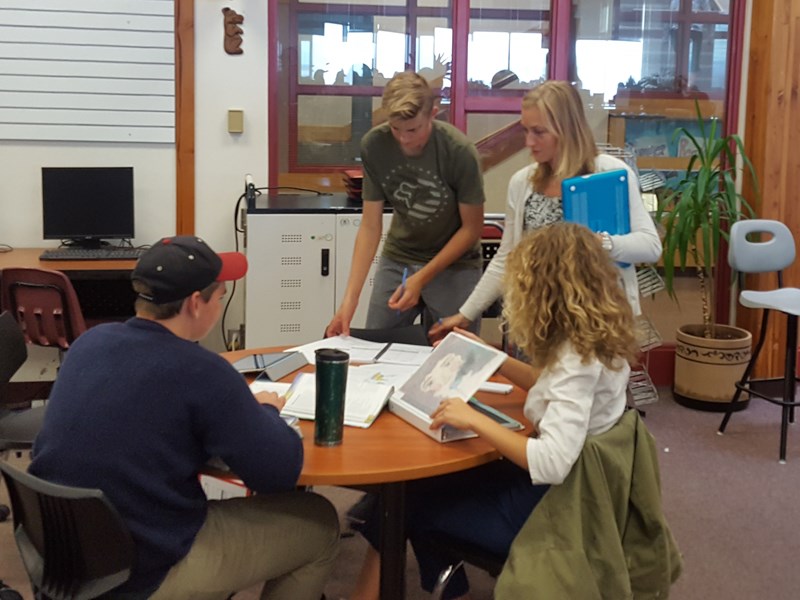Parents with children in grades 10 to 12 at Brooks Secondary School can understandably be feeling some confusion trying to make sense of the school’s new timetable, and it is going to take time to adjust, according to new principal Bill Rounis.
“Most people get it when you see it, feel it and be part of it,” said Rounis. “I would say to parents, ‘Let's walk around the school together and I'll explain and you'll see it in action and it will make sense.’”
What parents are stumbling over the most, according to Rounis, is the idea of a flexible schedule that allows their children more choice and control over their learning.
“What we have to let go of is what we did in school,” said Rounis. "That's not the way school is any more. It's changed. What we're trying to learn isn't the same either.”
School District 47 board chair Doug Skinner said the school knew there would be growing pains for students to realize they had control of what happens in terms of their education.
“But we also knew it was a direction we simply had to go,” said Skinner.
Skinner added that one of the main reasons is Brooks can offer more courses than was possible under the old system.
The school day begins with a homeroom, now called a Teacher Advisory Group.
The student will be with the same teacher through their entire time at school and where important adult connections are made. Those teacher/student relations are built on throughout the new flex timetable, according to Rounis.
It is during flex time that students are given the responsibility to attend learning centres, which are study blocks in each individual’s timetable. Study is self-directed under the supervision of more than one teacher. During this time, students can connect with teachers on a specific subject they need help in, do homework or study.
Thomas Haney Secondary School in Maple Ridge has the longest running flex-time model in the province, according to principal Grant Frend. Brooks' timetable is structured much the same way as Thomas Haney’s, with mandatory and requisite classes and student-directed study.
“What's most interesting is, we give them more time to learn how to self-manage and more opportunities to have success,” said Frend.
Frend said students who have gone into the workforce or to post-secondary institutions are better prepared with time-management and learning skill sets, whereas some of their peers who have attended traditional schools might not have had the same opportunities.
Under Brooks' timetable, Rounis said there is more work to offer and students are able to take twice as many courses. They can also receive help from a favourite teacher by attending a learning centre where that teacher is supervising.
A student has the flexibility and must attend the learning blocks they have chosen and Rounis said teachers keep track of attendance.
"If you're going to skip, I'm locking you down,” he said. “When a kid has a choice to where they're going to go, their motivation level goes through the roof. For a kid who is an avoider of work, they would avoid under any system.”
For students who are part of their own learning with a voice and choice, they do better, according to Rounis, and engagement is going to go up.



